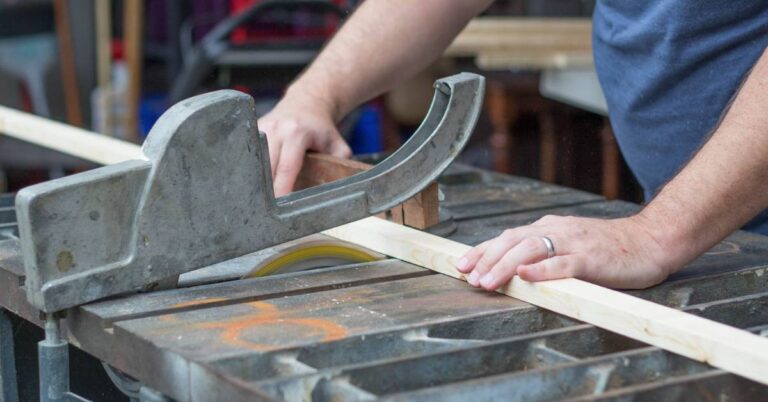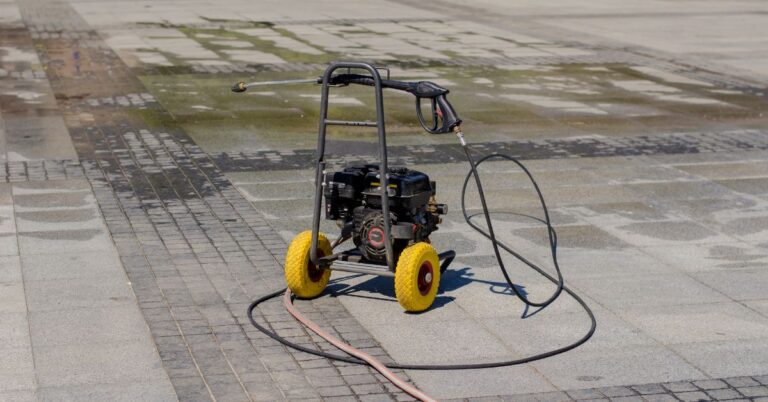Using Work Boots for Motorcycle Riding: Safety and Comfort on the Road
Work boots have gained popularity among some motorcycle riders as an alternative to traditional ones. Initially designed for construction and industrial settings, these sturdy shoes offer certain advantages for bikers. Work boots can provide ankle support, slip resistance, and durability – valuable qualities when riding a motorcycle.
Many riders appreciate the versatility of work boots, allowing them to transition seamlessly from riding to walking without changing footwear. The rugged construction of work boots often includes reinforced toes and thick soles, which can offer protection in case of minor accidents or drops.
Choosing work boots for motorcycle riding requires careful consideration of specific features. Look for boots with oil-resistant soles, good traction, and ankle support. Waterproofing can be beneficial for all-weather riding. Remember that while work boots can be suitable for some riders, they may not offer the same level of specialized protection as purpose-built motorcycle boots.
Key Takeaways
- Work boots can provide ankle support and durability for motorcycle riding
- Features like oil-resistant soles and good traction are essential when selecting work boots for riding
- Work boots offer versatility but may not match the specialized protection of motorcycle boots
Assessing the Appropriateness of Work Boots for Motorcycle Riding
Work and motorcycle boots serve different purposes, with distinct features tailored to their respective uses. Safety and protection are crucial considerations when evaluating footwear for riding motorcycles.
Motorcycle Boots vs. Work Boots: A Comparison
Motorcycle boots are designed for riding, offering enhanced ankle support and reinforced toe boxes. They often feature slip-resistant soles and are made from abrasion-resistant materials. While durable, work boots lack some key safety features for motorcycling.
Work boots typically have steel toes for impact protection but may not provide adequate ankle support for riding. Their soles can be stiff, potentially reducing foot control on motorcycle pedals. Motorcycle boots, in contrast, have flexible sections for more effortless gear shifting and braking.
Another critical factor is the height of the boot. Motorcycle boots often extend higher up the calf, providing more accident protection. Work boots are generally shorter, leaving the lower leg more exposed.
Key Safety Features for Riding
Proper motorcycle boots incorporate several safety features crucial for rider protection. These include reinforced toe and heel cups to guard against impacts. Ankle armour and side impact protection are essential for preventing injuries in crashes.
Boots designed for riding often have oil-resistant soles with good traction. This helps maintain grip on potentially slippery surfaces. Some models include shift pads to prevent wear from constant gear changes.
Waterproofing is another valuable feature in motorcycle boots, keeping feet dry in various weather conditions. While some work boots offer water resistance, they may not be as comprehensive as purpose-built riding footwear.
Comfort during long rides is also a key consideration. Motorcycle boots are often designed with padding and ventilation to reduce fatigue and maintain comfort over extended periods.
Design and Construction Elements That Matter
Work boots designed for motorcycle riding require specific features to ensure safety and comfort. These elements include durable materials, proper support, and weather protection.
Material and Durability Concerns
Leather, particularly full-grain leather, is famous for motorcycle work boots for its durability and abrasion resistance. This material withstands regular wear and tear while protecting in case of accidents.
Some manufacturers incorporate synthetic materials to enhance performance. These can include reinforced toe caps, often made of steel or composite materials, to protect the rider’s feet from impacts.
Quality construction is crucial for longevity. Double or triple stitching, robust hardware, and sturdy soles contribute to a boot’s overall durability.
Understanding Support and Stability
Proper ankle support is essential for motorcycle riders. Boots should extend above the ankle and provide firm support to prevent twisting or rolling during rides or in case of falls.
The boot’s construction should balance flexibility for gear shifting and brake operation and rigidity for protection. A sturdy shank in the sole enhances stability.
The outsole plays a critical role in providing traction. Rubber compounds with specific tread patterns offer grip on various surfaces, including wet roads.
The Importance of Weatherproofing
Waterproofing is a crucial feature for all-weather riding. Many boots use waterproof membranes or treatments to dry feet in wet conditions.
Breathability is equally essential to prevent overheating and moisture buildup inside the boot. Some designs incorporate ventilation features to maintain comfort during long rides.
Weather-resistant materials and treatments help protect the boot’s exterior from degradation caused by exposure to sun, rain, and road debris, extending the footwear’s life.
Additional Functional Considerations for Riders
Work boots offer motorcycle riders more than ankle protection. Their design incorporates features that enhance comfort, control, and safety in various riding conditions.
Footbed to Outsoles: Ensuring Comfort and Control
Quality work boots provide a stable platform for riders. The footbed should offer adequate support to prevent fatigue during long rides. A cushioned insole absorbs vibrations from the road, reducing discomfort.
The outsole design is crucial for maintaining grip on foot pegs and pedals. Oil-resistant rubber compounds provide traction in wet conditions. Some work boots feature a reinforced area near the foot ball, which is ideal for operating the shifter.
Riders should avoid excessive wiggle room inside the boot. A snug fit prevents the foot from sliding, enhancing motorcycle control.
Protective Features Beyond the Ankle
Work boots can offer protection beyond just the ankle area. Some models include reinforced toe boxes, similar to steel-toe designs, which shield against impacts.
Shin protection is another valuable feature. Taller boot designs or added guards can deflect debris and protect against hot engine parts.
Leather quality matters for both durability and protection. Full-grain leather resists abrasion better than cheaper alternatives and water-resistant treatments help maintain the leather’s integrity in wet conditions.
Choosing Work Boots for Varied Riding Conditions
Different riding environments demand specific boot features. Breathable materials prevent overheating in hot climates, while waterproof boots are essential for wet-weather riding.
Winter riders benefit from insulated boots with good traction on icy surfaces. Some work boots offer removable liners, allowing adaptation to changing temperatures.
For off-road riding, boots with aggressive tread patterns provide better grip when planting feet on uneven terrain. Stiffer soles offer improved support when standing on foot pegs for extended periods.
Urban riders might prioritize boots that blend protection with a more casual appearance, allowing easy transitions from riding to walking.
Integrating Work Boots into Your Motorcycle Gear Set
Work boots can be a practical addition to motorcycle gear, offering protection and stability. Riders should consider how these boots fit with their overall gear and ways to enhance their performance on the road.
Matching Boots with Overall Motorcycle Gear
It is crucial to select work boots that complement existing motorcycle gear. Low-heeled options work best, as they provide better control on footpegs. Reinforced toe boxes offer added protection against foot injuries. Slip-resistant soles enhance grip and control, especially in wet conditions.
Brands like Carhartt and Chippewa offer durable work boots that are suitable for riding. Riders should choose boots that match their riding style and desired level of protection. Dark colours often blend well with typical motorcycle attire.
Consider boots with Velcro closures or tucked shoelaces to prevent snagging. Some work boots feature designs similar to specialized motorcycle boots, making them easier to integrate into existing gear sets.
Strategies for Enhancing Boot Performance
Riders can modify work boots to improve their functionality for motorcycle use. Adding toe sliders can increase protection and longevity, and waterproofing treatments help boots withstand various road conditions.
Reinforcing the heel area can provide extra support during long rides. Riders should ensure their chosen boots allow sufficient ankle movement for gear shifts and braking.
High-quality work boots often last longer and provide better value than cheap alternatives. Regular maintenance, including cleaning and conditioning, keeps boots in top shape for riding.
Some riders opt to add reflective elements to their boots for increased visibility. Testing boots on short rides before long trips helps identify comfort or performance issues.


